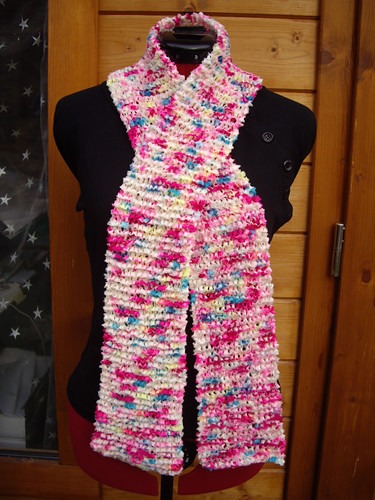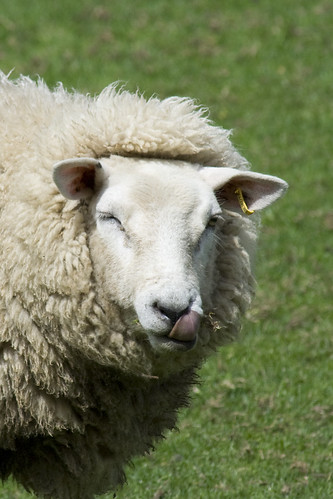
So, we’re in a global recession. A couple of months ago I had a surprising number of orders cancelled, all at once. Most of them were for party dresses that people simply couldn’t afford to pay for any more. Never mind that the dresses were going to be hand made from beautiful fabrics, one of a kind and made to fit exactly… if the money to pay for those dresses is no longer available, the orders have to be cancelled.
This is a bit of a problem when you’re a one-woman business with bills to pay, so clearly I need to do something about it.
One solution might be to concentrate on items with a smaller price tag. If customers have less money, then it makes sense to sell items which are cheaper for them to buy. Except that I still have the same bills, so I’d need to spend more time and money on marketing and materials, for an even smaller return on my efforts.
So, what I’m seriously considering instead is going the other way, and selling items which are much more expensive than I would normally offer. This seems counterintuitive, but if I can demonstrate that these items have a much greater inherent value, then the actual cost becomes secondary.
What do I mean?
When I graduated, I worked for a small publishing company. My job was to bring the typesetting processes in-house, and thereby save the company money. They published a lot of books of “Your Town In Old Photographs”, and they were paying £7 per photo to have them all scanned. This cost roughly £1000 per book, in scanning costs alone! I suggested buying a high quality scanner, but the one I needed to do the job cost £1500. Because the price of the scanner was more than the cost of having the scanning outsourced for the next book, the company refused to pay for it. They were trying to compare £1500 to £7, and they couldn’t see past the cost of the scanner to its value for the business in the longer term.
To come back to one of my favourite subjects, shoes – Dr Martens have recently launched their “For Life” range of footwear. They’re offering a limited range of styles and colours, with a lifetime guarantee. Subject to a few conditions, when your boots wear out, you pay £20, and Dr Martens will repair them for you. MBT have a similar arrangement, where you can pay £38 and have the soles replaced.
Now MBTs are expensive – in the UK they cost up to £170. The Dr Martens For Life boots cost £110 – more than double the price of their similar non-guaranteed styles. In the current economic climate, it would be easy to think that the best thing to do is simply to buy cheap shoes. But if your cheap shoes cost £25, and they fall to pieces after three months, then you have no choice but to buy another pair. In eighteen months you’ll have spent more on cheap shoes than you would have done on one pair of Dr Martens For Life, and you could have had them repaired. Twice.
I don’t know that offering a repair service or a lifetime guarantee is the way forward for the things that I make. But I do want people to understand that my new clothes will be made from beautiful fabrics, to a very high standard, with a great deal of hand work involved. These things take time to make, and they deserve to be looked after, not cast aside like some fashionable thing that’s fallen out of favour. If I can make clothes that will last a lifetime, be passed on, and mended, and loved, then that’s a value which goes way beyond the price tag.
Whether people will be able to understand that in a time when money’s tight, is another matter entirely.
Like this:
Like Loading...












